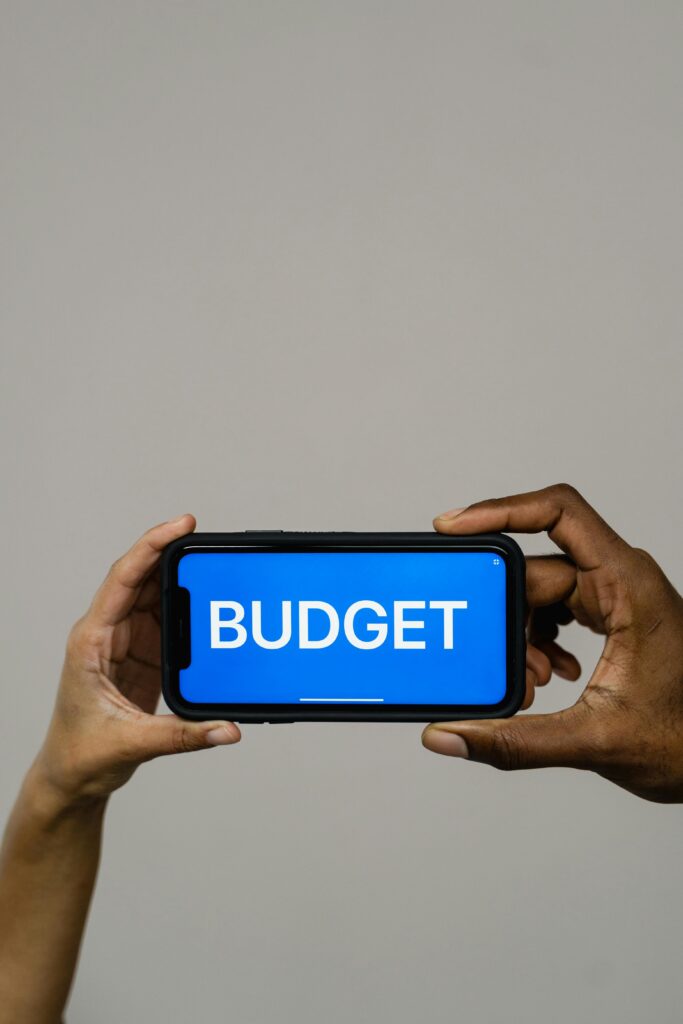If you’ve ever wondered why your financial progress feels slower than expected, your budgeting app could be part of the problem. Let’s break down the hidden costs—and how to keep your financial plan intact.
1. Subscription Fees That Add Up
Many apps start free but eventually nudge you toward “premium” features: detailed reporting, syncing across devices, or connecting to multiple bank accounts.
That $9.99 per month subscription might not sound like much, but over a year, it’s $120—money that could have gone into an emergency fund or paying down debt. Multiply this across multiple apps, and suddenly you’re paying hundreds annually just to track your own money.
Solution: Before upgrading, ask yourself if you really use all the features. Sometimes, a spreadsheet or your bank’s built-in budgeting tool can cover the basics without ongoing costs.
2. Privacy Risks and Data Sharing
When you link your accounts, you’re handing over sensitive financial data. Many apps share or even sell aggregated user data to third parties—advertisers, lenders, or insurers—without you realizing it.
This can lead to targeted ads for loans, credit cards, or services you don’t need, nudging you toward financial decisions that aren’t in your best interest. Worse, if the app’s security isn’t airtight, you could face data breaches.
Solution: Always check an app’s privacy policy before signing up. Look for terms around data sharing and encryption. If it feels vague, that’s a red flag.
3. Encouraging Overspending Through Gamification
Some apps gamify budgeting with challenges, badges, or spending “streaks.” While this can motivate some users, it can backfire for others by creating a false sense of achievement. You may feel justified in spending because you “hit your savings goal” for the week—while ignoring the bigger picture.
Solution: Remember, gamification should enhance discipline, not excuse overspending. Pair app use with manual check-ins: review your bank statement monthly without the app’s filters to keep perspective.
4. Inaccurate Categorization and False Confidence
Budget apps often auto-categorize your spending, but they’re not perfect. A grocery store purchase might get lumped into “shopping” instead of “food,” skewing your monthly reports. Over time, you could be making financial decisions based on flawed data.
Solution: Take a few minutes weekly to review and correct categories. That small effort ensures the reports you’re relying on actually reflect your real spending habits.
5. Hidden Behavioral Costs
Beyond money, there’s the time and mental energy budget apps demand. Constant notifications, reminders, and comparisons can lead to “financial fatigue.” Instead of feeling empowered, you may end up frustrated or guilty—causing you to ignore your finances altogether.
Solution: Customize notifications so they support your goals instead of overwhelming you. Use the app as a guide, not a drill sergeant.
Smarter Alternatives
- Bank Apps: Most banks now offer expense tracking, alerts, and even credit score monitoring at no cost.
- Spreadsheets: Free tools like Google Sheets let you customize categories and formulas without handing over private data.
- Hybrid Approach: Use a free budgeting app for daily tracking but rely on your own spreadsheet for long-term planning.
- Budget apps can be valuable tools, but they’re not without costs—some financial, others psychological. The key is awareness. Know what you’re paying, what data you’re giving up, and whether the tool is actually helping you reach your goals.
At the end of the day, no app can replace the discipline of regularly reviewing your finances, setting clear goals, and sticking to them. Use budgeting apps as a helper—not a crutch—and your money will thank you.


